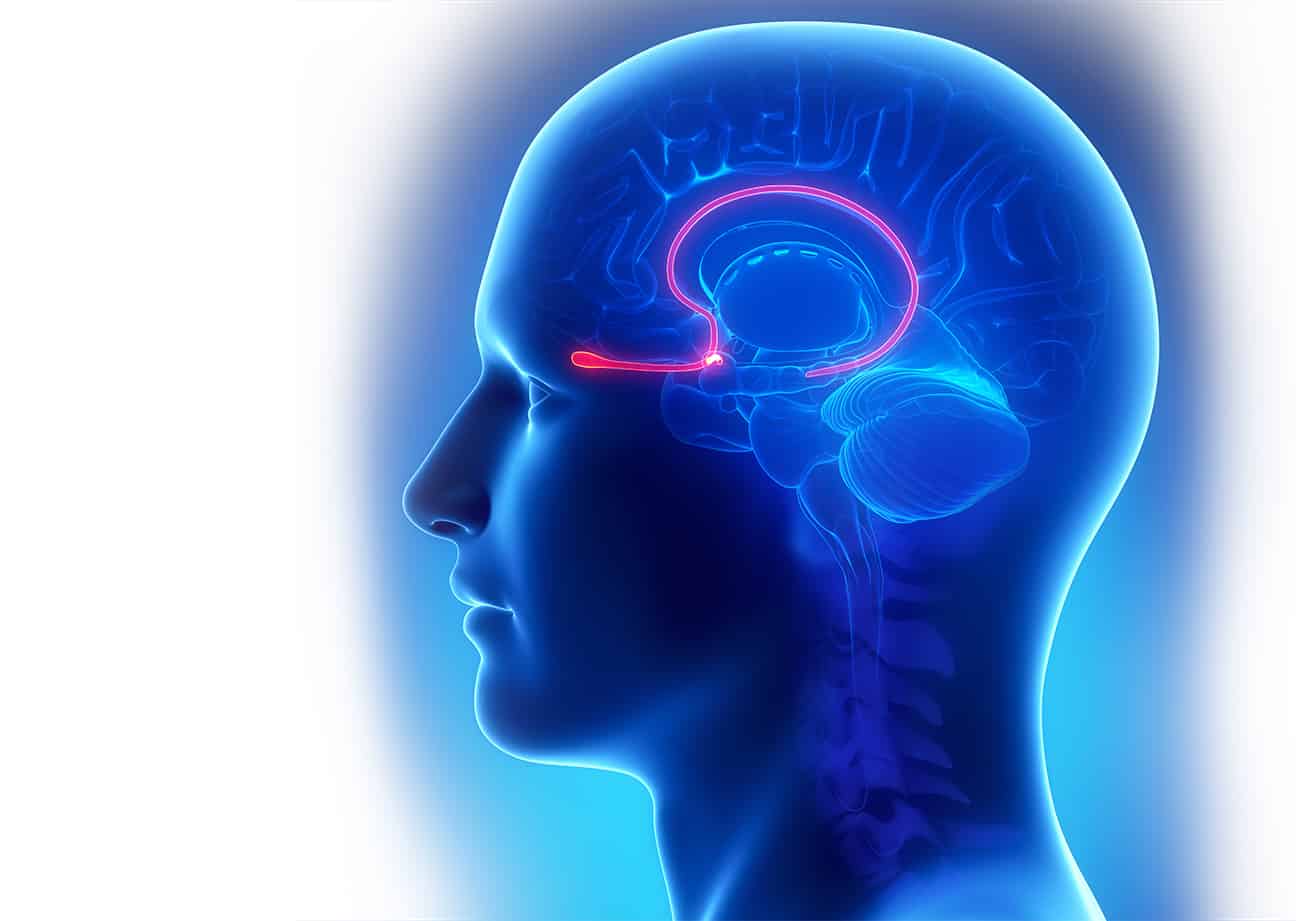The cause of Parkinson’s is fairly unknown, and while researchers continue to debate and study possible factors that may contribute to the disease, a common theory is that it results from an interaction of environmental factors with an underlying susceptibility to these agents. For instance, environmental factors like certain infections that may result in the inflammation of the nervous system.
Parkinson’s usually hits around age 60 or so, though 10–20% of cases are diagnosed before 50. The disease causes neurons in an area of the brain called the Substantia Nigra to malfunction and die, decreasing their production of dopamine. The decline in dopamine results in loss of coordination and balance, as well as the tremors and rigidity found in patients with Parkinson’s disease. About a million people in the US live with this chronic and progressive movement disorder.
Scientists believe inflammation in the central nervous system can increase the sensitivity to subsequent hits with agents that otherwise would not induce significant neurological damage, and that a second hit can trigger Parkinson’s-like changes in the brain.
It’s called the “dual hit” or “multi-hit” theory and proving it was an objective of the new research study that this article is centred on- to test if influenza
In order to do so, researchers at the Jude Children’s Research Hospital and Thomas Jefferson University used an experimental model of Parkinson’s in mice.
In a previous study by the team, it was found that the H5N1 strains were able to infect nerve cells, travel to the brain, and cause inflammation that was later seen to result in Parkinson’s-like symptoms in mice.
Building on this, the recent study concentrated on a less lethal strain, the H1N1 “swine flu,” that does not infect neurons, but which, as observed by the researchers showed, still caused inflammation in the brain via inflammatory chemicals or cytokines released by immune cells involved in fighting the infection.
The study, therefore has found experimental evidence for the multi-hit theory of Parkinson’s development in mice.
“This study has provided more evidence to support the idea that environmental factors, including influenza may be involved in Parkinson’s disease,” says Richard J. Smeyne, lead author.”Here we demonstrate that even mice who fully recover from the H1N1 influenza virus responsible for the previous pandemic (also called ‘swine flu’) are later more susceptible to chemical toxins known to trigger Parkinson’s in the lab.”






























